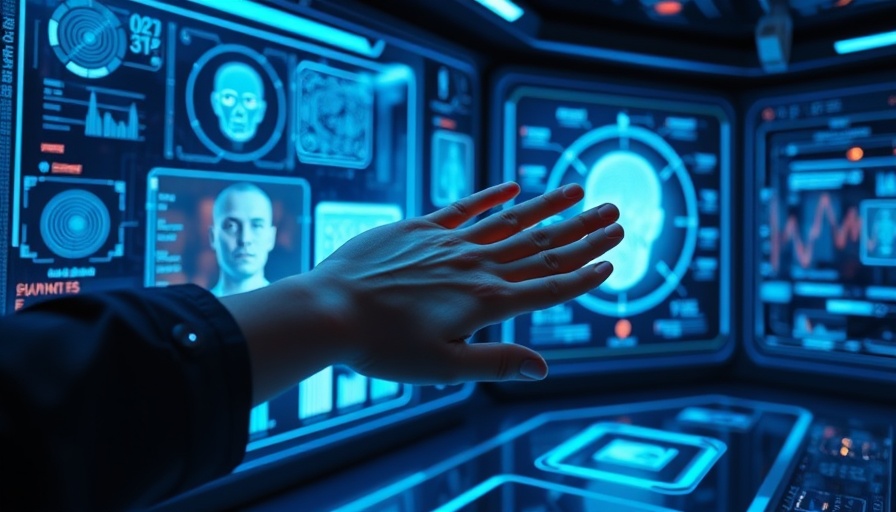
Revolutionizing Healthcare: The Rise of Palm-Scanning Technology
Imagine walking into your doctor's office, and with a simple hover of your palm over a scanner, checking in without the usual hassle of paperwork or ID cards. This is becoming a reality with the advent of palm-scanning technology, recently adopted by NYU Langone Health in New York City in partnership with Amazon. This innovative method of patient check-in allows users to leverage their unique palm vein patterns, streamlining the healthcare experience.
How Palm-Scanning Works
Each person’s palm features distinct characteristics that are as unique as fingerprints. Amazon's technology utilizes infrared light to detect the unique vein patterns beneath the skin's surface. This process results in the creation of a digital template that accurately represents the palm's architecture while ensuring that sensitive health information remains secure. When a patient places their hand above the scanner, the technology reads the distinct patterns and facilitates a swift check-in process, claiming an impressive accuracy rate of 99.9999%.
Security Concerns and Patient Privacy
One of the most pressing concerns regarding any new technology is security, particularly in the healthcare realm. Amazon states that images of palms are not stored or used for identification purposes. Instead, they generate a 'palm signature'—a unique, encrypted numerical representation. Additionally, NYU Langone Health has clarified that they do not share any protected health information with Amazon, and patients have the option to opt out at any time.
Benefits of Palm-Scanning Technology
This technology could potentially transform the patient experience. The use of palm scanning reduces the amount of time spent on tedious check-in procedures. Imagine the time saved that could be repurposed towards patient care and improving overall health outcomes. The convenience offered by this technology might also encourage patients to visit healthcare facilities more regularly, positively impacting community health.
Challenges and Considerations
While the benefits are apparent, it is essential to consider the challenges of implementing such technology. Some patients may have reservations about adopting new methods, particularly those concerned about data privacy and security. Educating patients on the technology's safety measures and how their information will be protected is crucial to promote acceptance and encourage use.
Looking to the Future of Healthcare Technology
As technology continues to evolve, the healthcare industry must adapt in order to provide efficient, effective services. The adoption of palm-scanning technology represents a significant step towards modernizing patient check-in processes. Moving forward, other healthcare systems may follow NYU Langone's example to further integrate technology into patient care, ultimately enhancing accessibility and convenience.
Community Connection and Health
At the heart of this technological pivot is the commitment to community wellbeing. Palm-scanning technology may facilitate more streamlined interactions between patients and healthcare providers. This can lead to not just improved attendance at doctor appointments, but a stronger community bond where individuals feel more connected to their healthcare providers.
As we embrace these advancements, engaging with and understanding these technologies are essential for prioritizing our health. With a focus on wellness, incorporating practices like healthy eating, fitness routines, and mental health support, we can harness the benefits of technology to support a healthier lifestyle.
 Add Row
Add Row  Add
Add 




Write A Comment